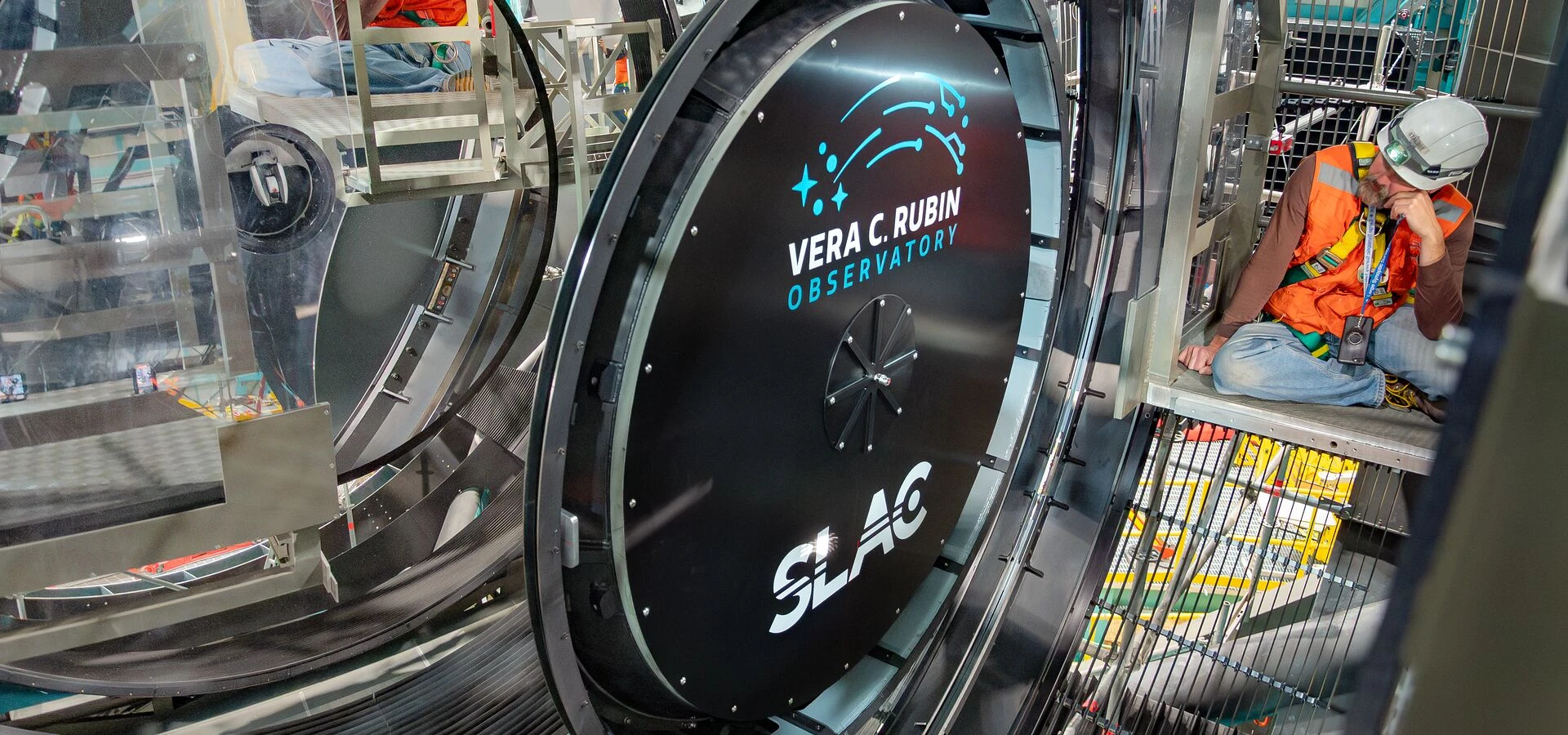
In a historic moment of astronomy, the Legacy Survey of Space and Time (LSST) Camera—the world’s biggest digital camera ever constructed—has been successfully installed at Chile’s Vera C. Rubin Observatory. The device weighs 6,600 pounds and has a sensor measuring 3,200 megapixels. And it’s definitely going to change the way we view the universe. Finally, after twenty years of planning and cooperation, the last optical element is in place. This will bring you closer than ever to the secrets of the cosmos.
[Related Reading: The world’s largest digital camera is complete and ready to shoot]
How the LSST Camera Will Revolutionize Astronomy?
How did it all start? The LSST initiative began in 2003, the year scientists first proposed the ambitious project. In 2007, funding from tech leaders Charles Simonyi and Bill Gates gave it a major boost. In 2010, the project received help from the federal government through the Department of Energy and the National Science Foundation, which helped turn the idea into reality.
“It’s a victory for science and engineering,” said Harriet Kung, Acting Director of the Office of Science at the DOE.
The installation of the LSST Camera is the result of years of preparation and international teamwork. After years of crafting and planning, it’s finally all set up. Aaron Roodman, LSST Camera Director and Deputy Director of Rubin Construction at the SLAC National Accelerator Laboratory highlighted the importance of this achievement. He added:
“We’re achieving a level of clarity and depth never before seen in images of the southern hemisphere sky.”
The LSST Camera is an innovative device for exploration. Its 3,200-megapixel sensor consists of 189 high-resolution CCD image sensors, distributed in 21 rafts. This giant camera features an 8.4-meter primary and 3.5-meter secondary mirror. It will be taking ultra-high-quality images of the night sky for a decade. Every image will have so much detail that it could cover 400 4K UHD television screens.
More importantly, the LSST Camera is built for scientific breakthroughs. The information it gathers will assist scientists in exploring dark energy, dark matter, and how galaxies develop. Scientists around the globe will have access to this valuable information, paving the way for groundbreaking discoveries.
Global Collaboration Behind the LSST Camera’s Success
Reports say, installing the LSST Camera was no easy task. Building and installing the LSST Camera required extreme precision, collaboration, and years of effort. Rubin Observatory Mechanical Group Lead Freddy Muñoz likened the process to “an effort requiring millimeter-precision execution.” In the words of Travis Lange, SLAC’s LSST Camera Project Manager, it’s “a wonderful example of what teams of scientists and engineers can accomplish when they are called upon to do what has never been done before.”
The team is now preparing to do some final checks before capturing the much-awaited “First Look” photos. Soon, you’ll see its first images, offering a brand-new look at unexplored parts of the southern sky.
Wrapping Up
It looks like the LSST Camera will kick off its ten-year survey of the southern hemisphere sky this year. Over the next decade, it seems to image billions of galaxies, stars, and other objects, making the most detailed map of the night sky ever constructed. The discoveries from this camera might transform your understanding of the universe and motivate future space explorers.
So, get ready! The LSST Camera is about to reveal the universe like never before.
[Image credits: Vera C. Rubin Observatory]

